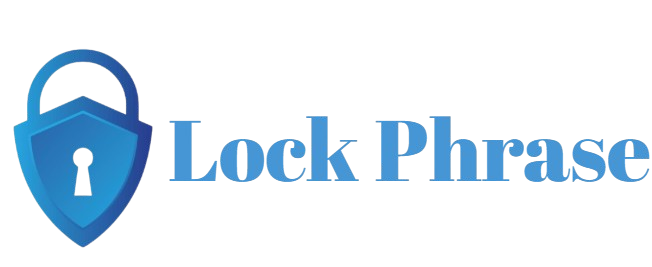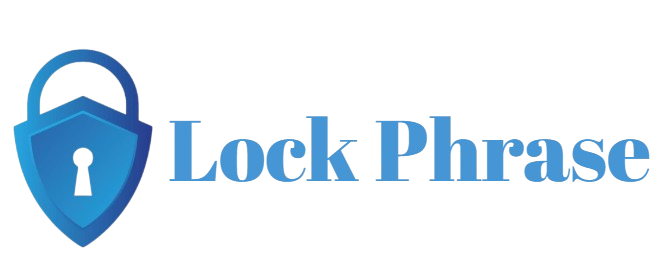Marketing plays a vital role in the success of any small business. It’s how you attract new customers, build brand awareness, and drive sales. Unlike large companies with deep pockets and massive marketing teams, small businesses often operate on limited budgets, making it challenging to compete in crowded markets. Many also struggle with visibility, especially online, where standing out requires strategy, consistency, and creativity.
Additionally, small business owners wear many hats, juggling operations, customer service, and finances—often leaving little time or expertise for dedicated marketing efforts. However, the good news is that effective marketing doesn’t have to be expensive or complicated.
In this article, we’ll explore 10 practical and cost-effective marketing strategies that are ideal for small businesses. These include building a strong online presence, leveraging social media, content creation, email marketing, local SEO, and more. Whether you’re just starting or looking to grow an existing venture, these strategies will help you reach more customers, increase sales, and grow your brand—without breaking the bank.
Build a Strong Online Presence
In today’s digital-first world, having a strong online presence is crucial for the success of any small business. The foundation of this presence is a professional, well-designed website that clearly communicates what your business offers. Your website should be easy to navigate, visually appealing, and optimized for mobile users, as a significant portion of web traffic comes from smartphones. Mobile responsiveness ensures that your website functions properly on all devices, which not only improves user experience but also boosts your search engine rankings.
Search Engine Optimization (SEO) is another essential component. By using relevant keywords, optimizing page load speeds, and creating valuable content, your website becomes more visible to potential customers searching online. SEO helps drive organic traffic to your site without the need for expensive advertising.
In addition, claiming and optimizing your Google Business Profile (formerly Google My Business) is key. It ensures your business shows up in local search results and on Google Maps, helping nearby customers find you easily. This free tool lets you share essential information like your business hours, address, phone number, and customer reviews—all of which build credibility and attract local traffic. Altogether, a strong online presence lays the groundwork for effective digital marketing.
Leverage Social Media Marketing
Social media is a powerful and affordable marketing tool for small businesses. The first step is to choose the right platforms based on your target audience. For example, Facebook is great for community engagement and running ads, Instagram works well for visual content and reaching younger audiences, while LinkedIn is ideal for B2B businesses and professional networking.
Once you’ve selected the appropriate platforms, focus on creating engaging content. This can include behind-the-scenes posts, product demos, customer testimonials, how-to videos, and industry tips. High-quality visuals, authentic stories, and interactive formats like polls and live videos often perform well. Your content should reflect your brand’s personality and offer value to your audience.
Consistency is key. Posting regularly keeps your audience engaged and helps you stay top-of-mind. Use content calendars or scheduling tools to plan ahead and maintain a steady flow of posts. In addition, respond to comments, answer messages, and engage with followers to build a loyal community.
Use Email Marketing
Email marketing is one of the most cost-effective strategies for small businesses to reach and retain customers. It starts with building a subscriber list—encourage website visitors, customers, and social media followers to sign up through pop-ups, lead magnets (like free resources or discounts), or contact forms. Always get permission before adding anyone to your list to comply with anti-spam laws.
Once you have a growing list, use tools like Mailchimp, ConvertKit, or MailerLite to manage contacts, design professional-looking emails, and track campaign performance. These platforms are beginner-friendly and often offer free plans with essential features.
Use email marketing to send valuable content, such as newsletters with helpful tips, exclusive discounts, product updates, event invites, or personalized recommendations. The key is to keep your messages clear, relevant, and engaging. Segment your list based on customer behavior or interests to improve open and click-through rates.
Focus on Content Marketing
Content marketing is a powerful, budget-friendly way for small businesses to build trust, attract traffic, and improve visibility online. By consistently creating and sharing valuable content, you position your brand as an expert in your field and nurture relationships with potential customers over time.
Start with blogging and article writing on topics that address your audience’s pain points or interests. For example, if you run a fitness business, you could write about workout tips, healthy recipes, or beginner routines. Make sure the content is easy to read, informative, and solves a problem for your readers.
Publishing how-to guides, industry insights, FAQs, and tutorials can help your audience understand your offerings while demonstrating your expertise. This type of content is often highly shareable and performs well in search engines.
Optimize for Local SEO
Local SEO helps small businesses appear in search results when nearby customers are looking for their products or services. It’s essential for businesses that rely on local traffic, such as restaurants, salons, or repair shops. Optimizing for local SEO ensures that your business shows up when someone searches for “near me” services.
Start by using local keywords throughout your website content, blog posts, and meta descriptions. For example, instead of just saying “best bakery,” use “best bakery in Austin, Texas.” This helps search engines connect your business with specific locations.
Next, claim and optimize your online listings, especially your Google Business Profile, Yelp, Bing Places, and other relevant directories. Fill out every detail including your address, business hours, contact information, and add high-quality photos.
Collaborate with Other Businesses
Collaboration with other small businesses is a smart, cost-effective marketing strategy that benefits both parties by expanding reach, sharing resources, and building community trust. It allows you to tap into each other’s customer bases while promoting your brand in a credible, mutually supportive way.
One effective approach is organizing joint promotions or events. For example, a local bakery and a coffee shop can team up to offer bundled deals or host a tasting event. This draws in customers from both businesses and creates a memorable experience that builds loyalty.
Cross-marketing is another powerful tactic. You can promote each other through email newsletters, blog mentions, or social media shout-outs. It’s a free way to gain exposure to a new audience that already trusts the partner business, increasing the likelihood of engagement.
Conclusion
Marketing is essential for the growth and sustainability of any small business, but it doesn’t have to be expensive. By leveraging smart, practical strategies—such as building a strong online presence, engaging on social media, using email marketing, and collaborating with other businesses—you can effectively promote your brand even with limited resources. The key lies in consistency, creativity, and choosing the right mix of tactics that align with your goals and audience. As your business grows, continue refining your marketing approach based on results and feedback. With time and effort, these cost-effective strategies can drive real, lasting success for your small business.


